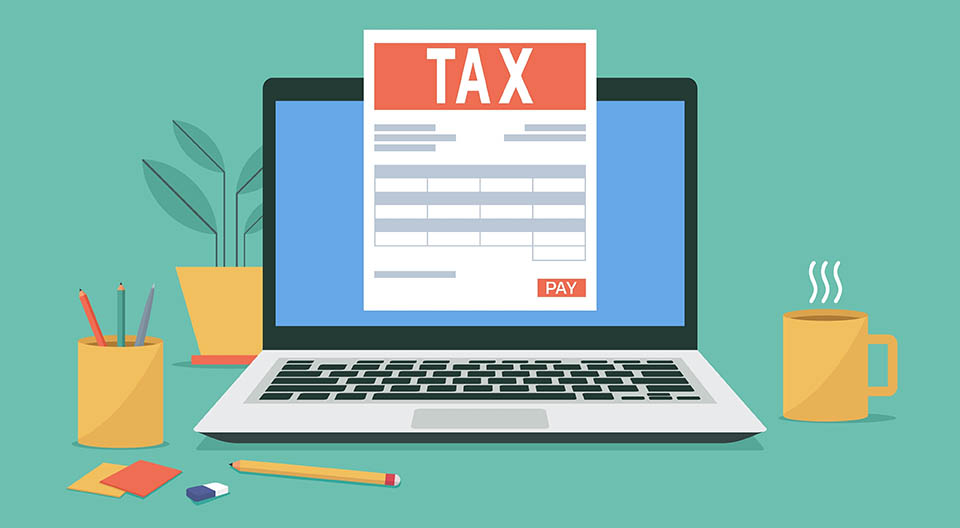Big changes are coming for UK landlords. From April 2026, HMRC is rolling out new digital tax reporting rules as part of its Making Tax Digital (MTD) initiative. If you’re a buy-to-let landlord, it’s time to get familiar with what’s ahead. Let’s explain everything you need to know, from income thresholds to the best MTD-compatible software.
What’s Changing for Landlords Tax in 2026?
From April 2026, landlords with an annual gross rental income over £50,000 will need to adopt digital record-keeping and file quarterly updates through MTD-compatible software. The threshold drops to £30,000 in April 2027 and further to £20,000 by April 2028. If you’re eager to get ahead, you can voluntarily start digital reporting from this year.
HMRC’s new landlord rules will significantly impact many of the UK’s 2.8 million private landlords. Whether you’re renting out residential properties, commercial spaces, holiday lets, or even overseas properties, these new regulations apply to you.
Quarterly Submissions: The New Normal
Instead of the traditional annual tax return, landlords will now be required to submit four quarterly updates detailing income and expenses. Additionally, an annual final declaration encompassing all taxable income must be submitted by 31 January each year. Sounds daunting? Don’t worry – with the right preparation and MTD software, the transition can be straightforward.
Plan Insurance can accommodate your Property Owners & Landlord Insurance needs. Just fill in our short call back form, and our professional brokers will be in contact to arrange your insurance.
Choosing the Best Digital Tax Software
Picking reliable software is crucial. Popular HMRC-approved MTD software includes:
- Xero: Known for user-friendly interfaces, perfect for landlords less familiar with digital tools.
- QuickBooks: A robust solution that is great for those managing multiple properties.
- Sage: Offers comprehensive features that are ideal for landlords with varied income streams.
Considering the right software now can help you smoothly transition when mandatory digital reporting kicks in.
Preparing Ahead of Time: Top Tips for Landlords
- Evaluate Your Income Threshold: Confirm your income to understand exactly when the changes will impact you. Remember, combined income from multiple sources counts towards your threshold.
- Start Early: Even if not mandatory yet, embracing digital tax reporting now could help iron out any initial issues.
- Keep Accurate Records: Good habits start now. Clear, accurate digital records simplify your quarterly updates and reduce stress around submission times.
Penalties and Exemptions: Staying on HMRC’s Good Side
The new regulations also introduce a penalty points system designed to encourage timely submissions. Miss a deadline, and you’ll earn points—accumulate enough, and you’ll face a £200 penalty. If digital reporting genuinely isn’t feasible for you, HMRC does offer exemptions, assessed individually upon application.
Stay Ahead, Stay Compliant
These digital tax changes are more than just another admin hurdle; they’re part of a broader move towards simplifying tax for everyone. Early adoption not only ensures compliance but could simplify managing your rental income and expenses.
For more details, you can visit HMRC’s Making Tax Digital page or explore software options on HMRC’s recommended software providers.
Getting prepared now means less stress later, and that’s something every landlord can appreciate!
Find out why 96% of our customers have rated us 4 stars or higher, by reading our reviews on Feefo.
